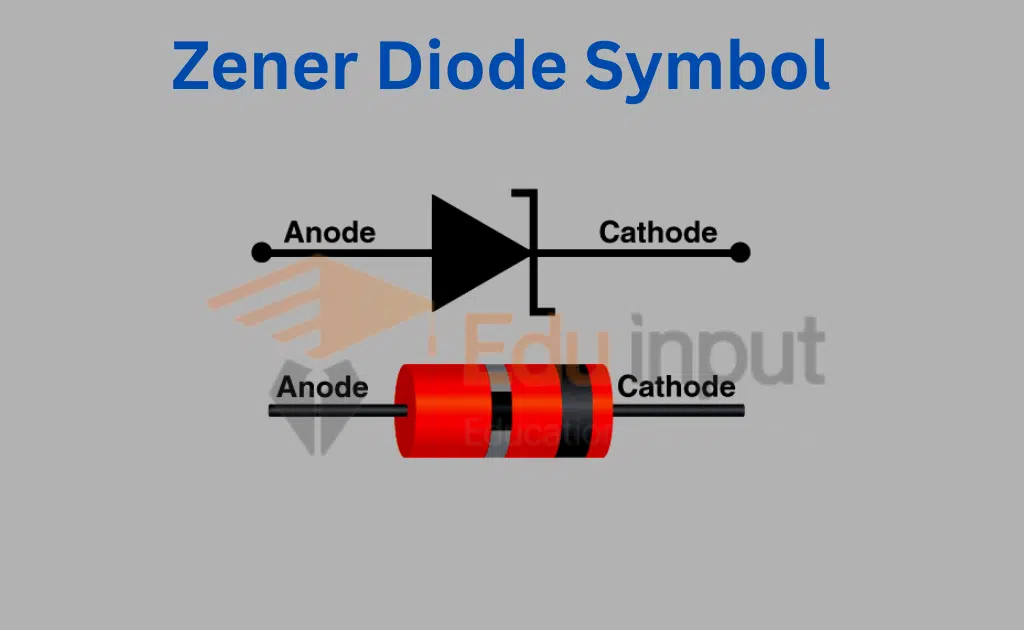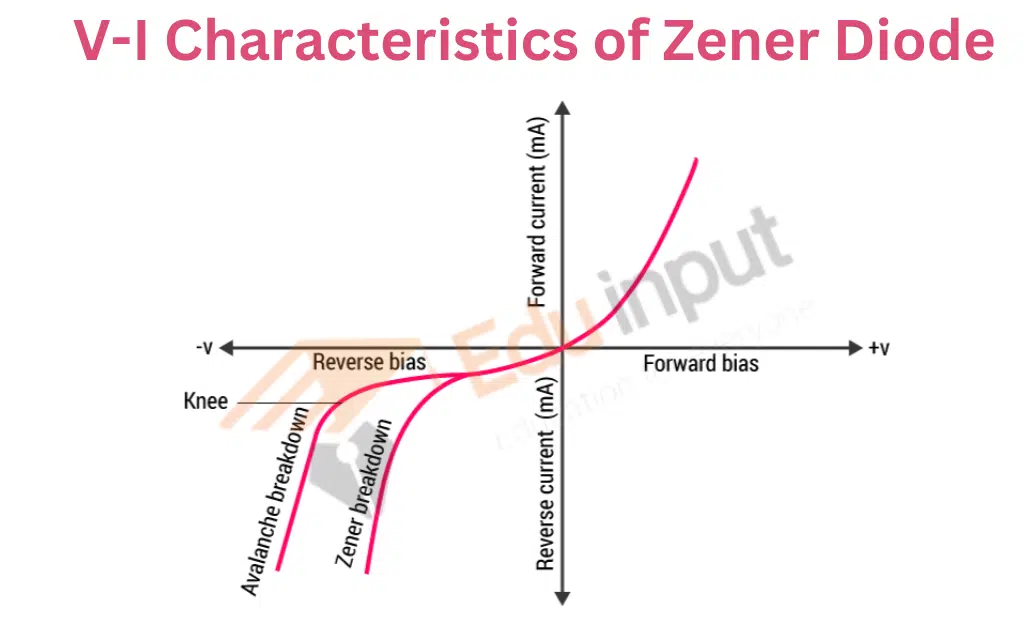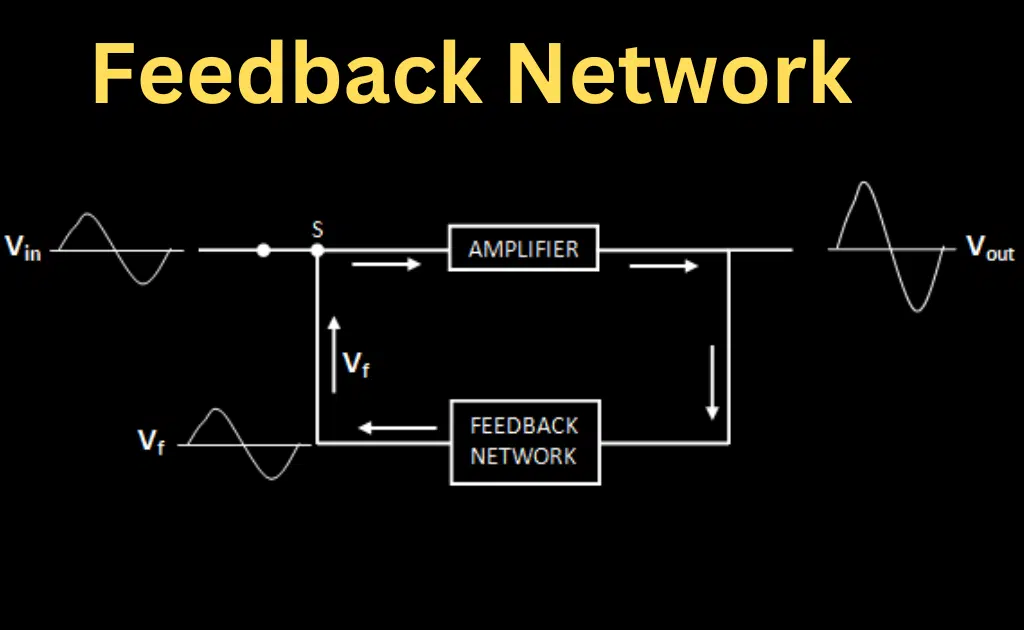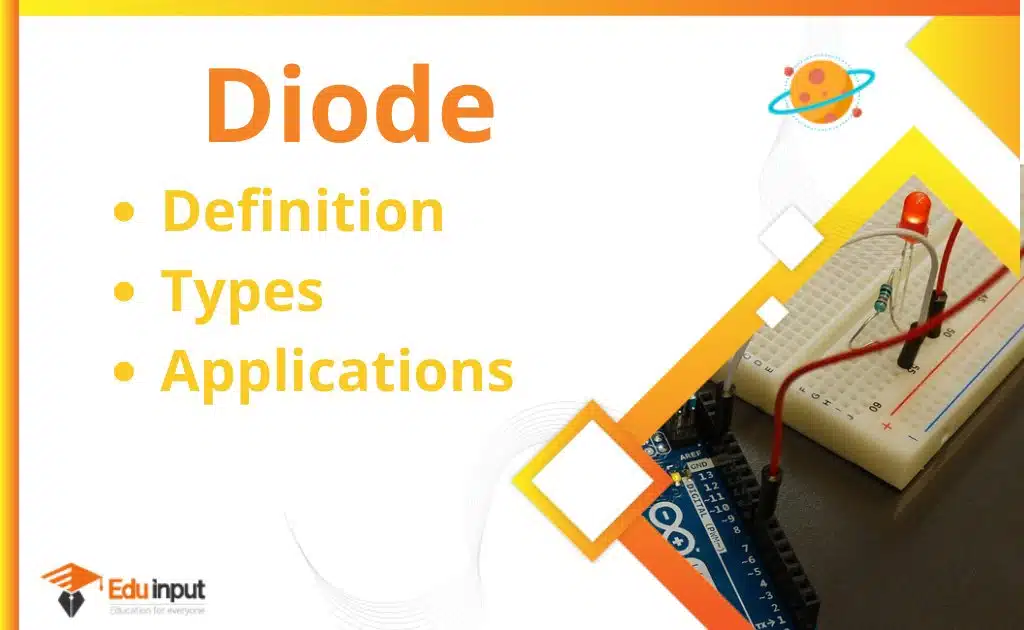Zener Diode-Definition, Working, Characteristics, And Application
Zener Diode Definition
A Zener diode is a type of diode that allows electric current to flow in the reverse direction. when the voltage across it exceeds a certain value, called the Zener voltage. This behavior makes Zener diodes useful as voltage regulators, surge protectors, and reference electric circuits. Let us discuss the working and characteristics of zener diode.
What is Zener Diode?
A Zener diode is a specialized type of semiconductor device that is engineered to work in the reverse direction. It is commonly referred to as a breakdown diode because of its ability to break down when the voltage across its terminals is reversed and reaches the Zener voltage. When this happens, the junction undergoes breakdown and begins to conduct current in the reverse direction, a phenomenon known as the Zener effect.
The Zener diode has a defined reverse breakdown voltage and operates continuously in the reverse bias mode without getting damaged. It also boasts a constant voltage drop across a wide range of voltages, making it an ideal choice for voltage regulation applications.
Learn More About This Topic
Can we use zener diode as a switch?
How does Zener diode work in forward bias?
How Zener Diode Maintains Constant Voltage?
How zener diode works in reverse bias?
How Zener diode used for Signal Clipping?
Zener Diode as a Voltage Regulator
Symbol of Zener Diode
Zener diodes come in a variety of packaging types to meet different needs. Some packages are designed for handling high levels of power dissipation, while others are smaller and meant for surface mount applications.
The most common type of Zener diode is housed in a small glass package and has a band around one end to indicate the cathode side.

Working of Zener Diode
A Zener diode works similarly to a standard diode when it is connected in the forward direction. When connected this way, it has a turn-on voltage of between 0.3 and 0.7 volts. However, when connected in the reverse direction, which is how it is used in most applications, a small amount of leakage current may flow.
As the reverse voltage increases and reaches the predetermined breakdown voltage (Vz), the diode begins to conduct current. The current then increases to a maximum level, which is controlled by a series resistor, after which it becomes stable and stays constant over a broad range of applied voltages.
Breakdowns in Zener Diode
There are two types of breakdowns in the Zener diode
- Zener Breakdown
- Avalanche Breakdown
Zener Breakdown
The Zener breakdown phenomenon happens in heavily doped P-N junction diodes due to their narrow depletion region. When a reverse-biased voltage is applied to the diode and increases, a strong electric field is generated in the narrow depletion region.
When the reverse biased voltage reaches close to the Zener voltage, the electric field becomes strong enough to dislodge electrons from their valence band. These electrons, now with enough energy from the strong electric field, break away from their parent atoms and become free electrons.
These free electrons allow for the flow of electric current from one place to another. At the Zener breakdown region, a small increase in voltage results in a rapid increase in electric current.
Avalanche breakdown
When a high reverse voltage is applied to a PN junction, both a normal diode and a Zener diode experience avalanche breakdown. This happens when the free electrons gain enough energy to move at high speeds, collide with other atoms, and create more free electrons. This results in a rapid increase in electric current, which can damage a normal diode.
However, a Zener diode is built to handle avalanche breakdowns and withstand the sudden current increase. This type of diode is designed to operate under such conditions and is suitable for use with Zener voltages greater than 6 volts.
Zener Diode Characteristics
There are two parts of V-I characteristics of the zener diode.
- Forward Characteristics
- Reverse Characteristics

Forward Characteristics
When in forward-bias mode, the Zener diode operates in the same way as a regular diode and has a voltage threshold of 0.3 to 0.7 volts for turning on. But when connected in reverse mode, which is the typical use for most of its applications, a small amount of leakage current may flow.
Reverse Characteristics
When a reverse-biased voltage is applied to a Zener diode, it only allows a small amount of leakage current to flow until the voltage reaches the Zener voltage. Once the reverse-biased voltage reaches the Zener voltage, the diode begins to allow a large amount of electric current to flow.
Even a small increase in reverse voltage at this point will quickly result in a significant increase in electric current. This sudden rise in electric current causes a breakdown referred to as Zener breakdown. However, unlike a typical breakdown, the Zener diode experiences a controlled breakdown that does not harm the electric device.
Zener Diode Application
The Zener diode is often used as a shunt voltage regulator to maintain a stable voltage across small loads. It is connected in parallel to the load and operates in reverse bias, keeping the voltage across the load constant once it reaches the knee voltage.
The Zener diode has a constant breakdown voltage over a wide range of currents, making it ideal for voltage regulation.
By using the Zener diode, issues can be prevented when the input voltage exceeds the Zener breakdown voltage, which would otherwise cause a drop in the voltage across the resistor, leading to a short circuit.
Related FAQs
What is a zener diode and how does it work?
A Zener diode is a reverse-biased diode that conducts current when the voltage exceeds its breakdown level. It is used for voltage regulation and protection in electronic circuits.
What is meant by zener diode?
A Zener diode is a special type of diode that allows current to flow in the reverse direction when the voltage reaches a specific threshold known as the breakdown voltage. It is commonly used for voltage regulation and protection in electronic circuits.
What are zener diodes used for?
Zener diodes are used for voltage regulation and protection in electronic circuits.
What happens when the zener diodes are connected in series?
When Zener diodes are connected in series, their breakdown voltages add up, resulting in a higher combined breakdown voltage.





Leave a Reply